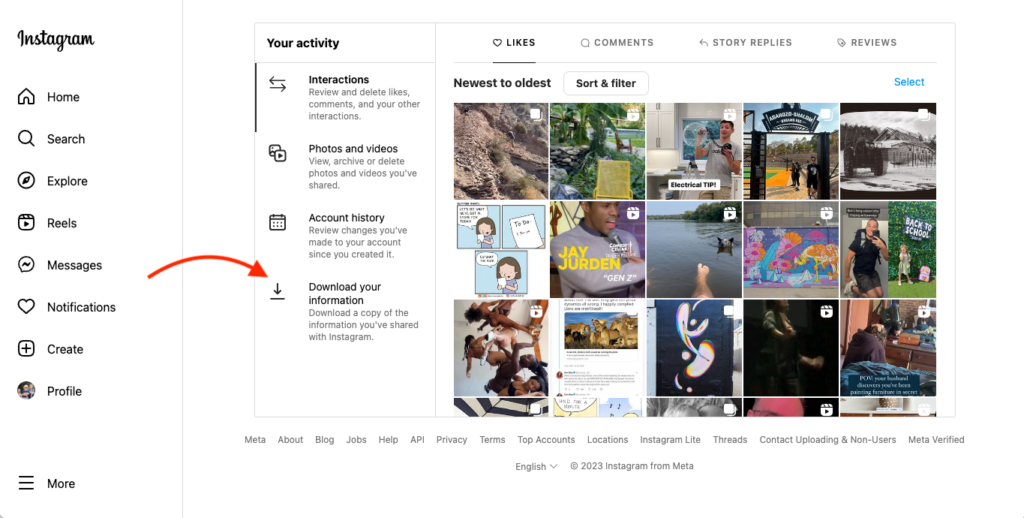Now Reading: Fake News Alert: How to Identify False Information Online
-
01
Fake News Alert: How to Identify False Information Online
Fake News Alert: How to Identify False Information Online

In today’s fast-moving digital world, fake news spreads faster than ever, especially on WhatsApp, Facebook, and YouTube. From health scares to political rumors, misinformation can cause panic, confusion, and even harm. This is particularly true in Tier 2 cities in India, where digital literacy is still growing. Knowing how to identify and stop fake news is now a basic skill everyone must learn.
Check the Source
Always check where the news is coming from. Reliable media houses have official websites and verified social media handles. Be cautious if the information comes from an unknown blog, forwarded message, or channel without a clear identity.
Look for Sensational Language
Fake news often uses emotional or shocking headlines like “You won’t believe what happened next” or “Government bans this immediately.” Genuine news reports use a more neutral tone and focus on facts rather than triggering fear or excitement.
Verify With Multiple Platforms
Before believing or forwarding any news, check if it’s reported by other credible sources. If no major news channel or website is covering it, chances are it might be false. Use fact-checking websites or search engines to confirm the news.
Check Dates and Context
Sometimes, old news or photos are shared as if they are recent. Always check the date of the article or post. Context is equally important — a video of a protest from one country may be falsely shared with a local Indian twist.
Be Wary of Edited Images and Videos
Technology today allows anyone to edit photos or videos to make them appear real. Fake videos are often shared with dramatic captions to mislead people. Watch carefully, zoom in if needed, and look out for visual inconsistencies.
Avoid Blind Forwarding
Forwarding messages on WhatsApp or social media without checking facts contributes to the spread of fake news. Even if the message is from someone you trust, take a minute to verify before passing it on.
Educate Family and Elders
In Tier 2 cities, many elderly people or first-time smartphone users fall for fake forwards. Take time to explain how false information works and help them become more aware and cautious while using the internet.
Conclusion:
Fake news is not just an online problem — it can affect real lives. With a little attention and responsibility, we can all play a role in reducing misinformation. Whether you’re a student, homemaker, or working professional, being aware of what you read and share is the first step towards building a more informed and safe digital India.

























